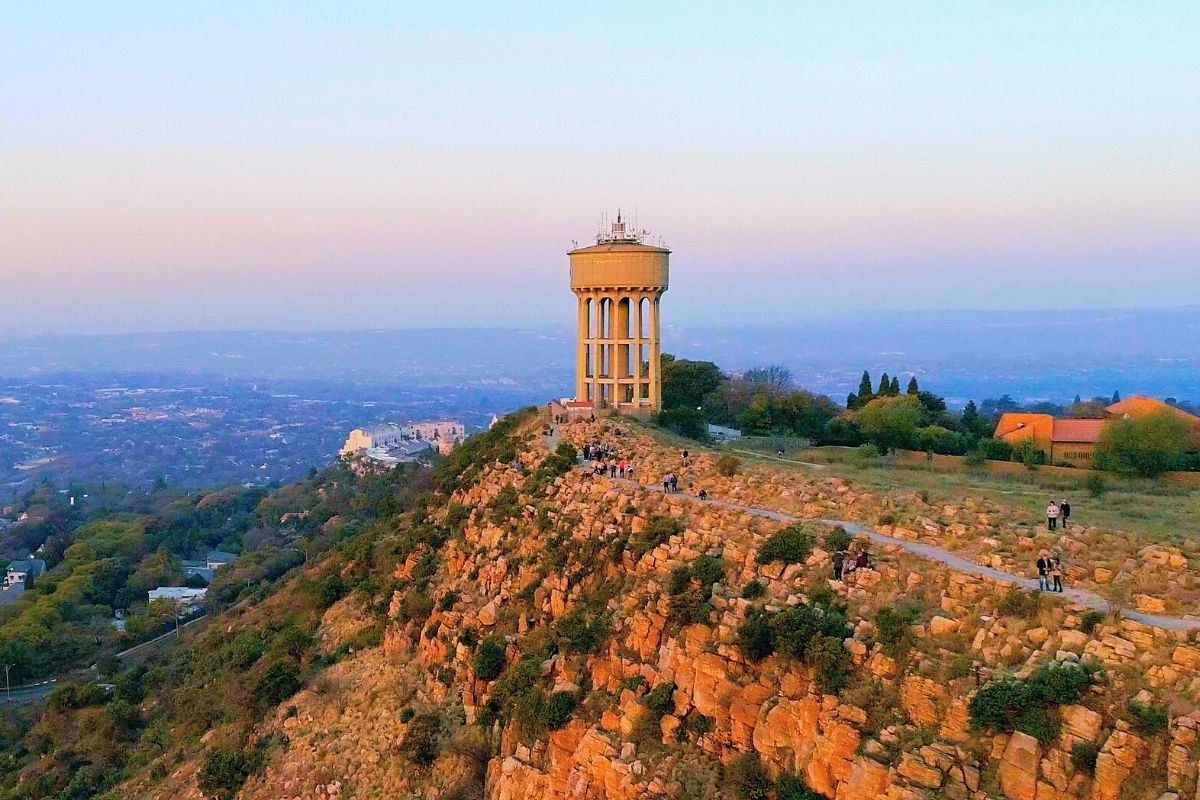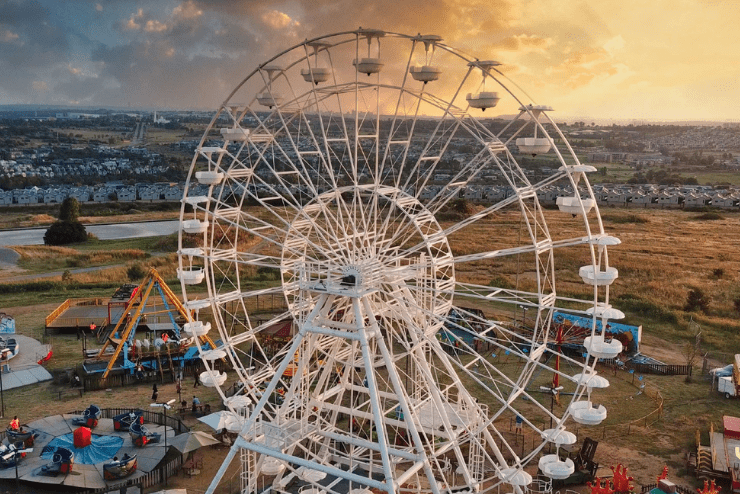A Biased View of Johannesburg North Attractions
A Biased View of Johannesburg North Attractions
Blog Article
Johannesburg North Attractions Fundamentals Explained
Table of ContentsNot known Facts About Johannesburg North AttractionsJohannesburg North Attractions Can Be Fun For AnyoneThe Ultimate Guide To Johannesburg North AttractionsHow Johannesburg North Attractions can Save You Time, Stress, and Money.Excitement About Johannesburg North Attractions8 Easy Facts About Johannesburg North Attractions ExplainedJohannesburg North Attractions - Questions
You need to keep protection in mind and tourists need to stay alert at all times when in unfamiliar surroundings. Talk to the locals when you are in community to discover the location you are remaining in. Johannesburg North attractions. When on the road (this does not relate to shopping malls and other safe and secure environments) finest basic advice is to attempt your best to appear like a local and to prevent showing any type of form of riches
Getting My Johannesburg North Attractions To Work
Professor Revil Mason O. J. (Thomson, 1946) discovered the Witwatersrand's pre-colonial background. His archaeological work exploded the 'em pty land' misconception, according to which the area was without human habitation prior to the arrival of European inhabitants. In his publications Prehistory of the Transvaal: A Record of Human Task (1962) and Beginnings of Black Individuals of Johannesburg and the Southern Western Central Transvaal AD 3501880 (1986 ), Teacher Mason showed the degree of social and economic development in the location prior to Europeans established foot here.

Little Known Questions About Johannesburg North Attractions.
In 1878, David Wardrop located gold in quartz veins at Zwartkop, north of Krugersdorp. In 1881, Stephanus Minnaar came throughout gold on the ranch Kromdraai, near the Cradle of Mankind.
In March 1886, an outcropping (soon to be called the Main Coral reef) was found, rather fortunately, on Gerhardus Oosthuizen's farm Langlaagte. Some say that the Lancastrian coal miner George Pedestrian found this reef. One more travelling English prospector, George Harrison (that had actually formerly operated in Australian mines) obtained a prospecting permit in respect of Langlaagte in May 1886.
He determined to go on in a mission for greener fields, and disposed of his Langlaagte insurance claim for the baronial sum of 10. Alas: link beneath lay the wealthiest goldfield ever before found. The discovery of this abundant auriferous reef prompted a his response gold thrill that signified completion of bucolic serenity in the southerly Transvaal.
It would certainly, within 6 years, become the largest community in southern Africa. Within a years, it would certainly make the Z. A. R. till then an anarchical and bankrupt little state the wealthiest country in Africa. By the turn of the century, the Z. A. R. was to surpass Russia, Australia and the United States of America to come to be the world's leading gold producer, generating even more than a quarter of the globe's gold.
Not known Incorrect Statements About Johannesburg North Attractions
It was called Ferreira's Camp, called after Colonel Ignatius Ferreira. He was a Boer adventurer upon whom the British authorities had presented the standing of Companion of the Most Identified Order of St Michael and St George (qualifying him to the post-nominal letters C. M. G.) in thankfulness for his function in the war that had Discover More actually deposed the Pedi king Sekhukhune in 1879.
2 other camps were developed: Meyer's Camp on the farm Doornfontein, and Paarl Camp. The latter was nicknamed Afrikander Camp; several people from the Cape Swarm worked out there.

How Johannesburg North Attractions can Save You Time, Stress, and Money.
This name got money by word of mouth, such that the State Assistant attested the name to the Mining Commissioner on 9 October 1886. Stands in the village were auctioned on 8 December 1886. While some stands were marketed for 10, others were knocked down for as low as sixpence.
2 years later on, these erven were to change hands for as much as 750 each. The tented camps decreased as a dorp of corrugated iron structures established and expanded north of the mines situated along the Key Reef Road. Locations such as Jeppe's Community (where working-class immigrants erected their homes) and Doornfontein (where the upscale new 'Randlords' started to build their extravagant residences) were quickly contributed to the ever-expanding map of the community.
Getting The Johannesburg North Attractions To Work
Aside from the road names, there were no indicators of Johannesburg being situated in a Dutch-speaking country. Years later, C. W. Kearns O. J. (among the first kids enrolled at St John's University in 1898) would certainly remember: 'A weird reality regarding Johannesburg was that, although it remained in the [Boer Republic], almost everybody spoke English and even the Federal government servants attended to one in English, unless they were initial attended to in the Taal (or Low Dutch)'.
Britain had an interest in making certain optimal conditions for gold manufacturing on the Witwatersrand, and that the gold was exported to London rather than Berlin an essential made all the much more clamant by the Z. A. R.'s raising toenadering with Germany. Mine proprietors were on a clash with Head of state Kruger, whose policy of monopolistic giving ins (commonly given to his cronies) stopped mining firms from procuring products of materials (especially dynamite) and labour on their very own, less costly terms
Our Johannesburg North Attractions PDFs
In 1890, the Volksraad had actually limited the franchise to white guys that had actually resided in the Z. A. R. for fourteen years or longer, therefore disqualifying many of the immigrants (that happened to be the major contributors to the fiscus). Agitation for the ballot was a mere pretense for advertising a various program; the majority of uitlanders concerned themselves as momentary visitors and had no intention of remaining in the Z.
Report this page